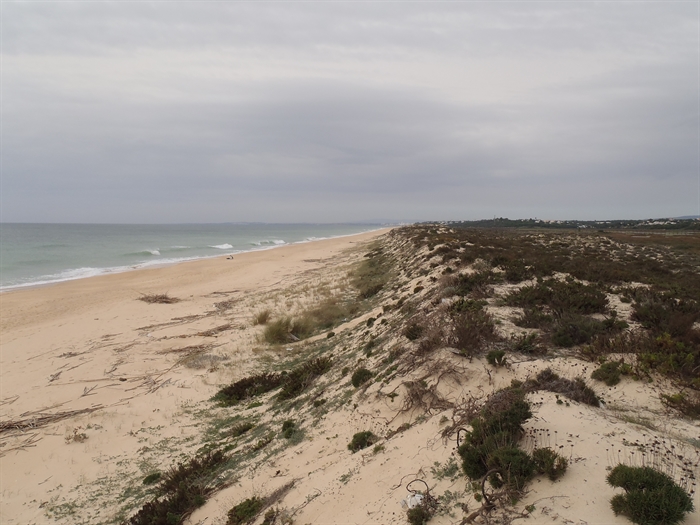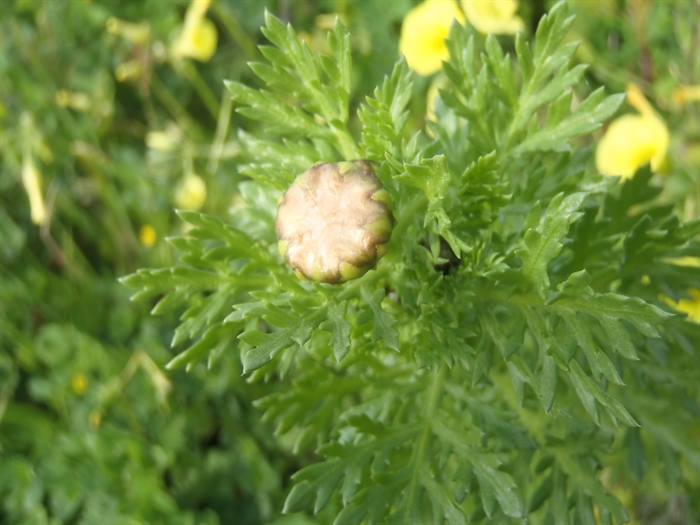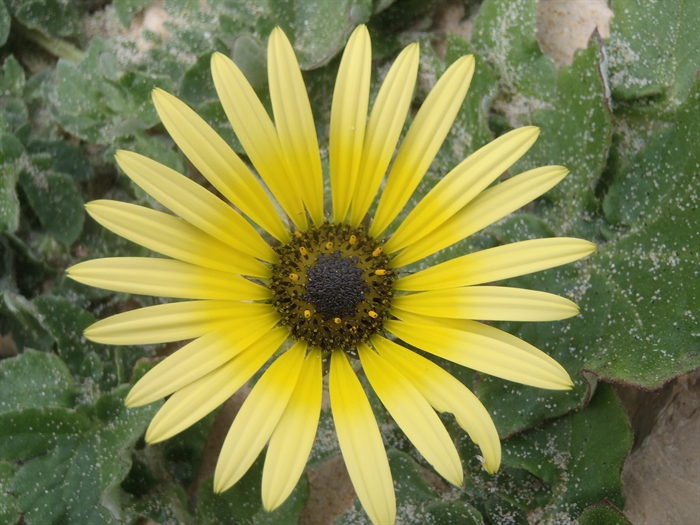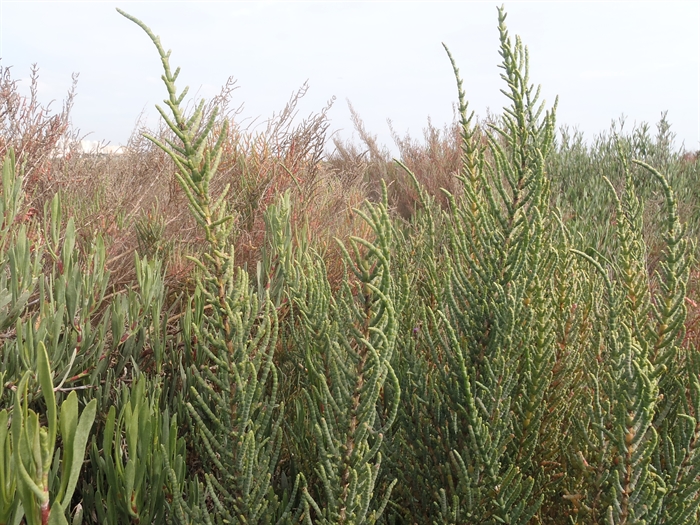
Coast of Portugal
(SCOTT MORAN / iNFOnews.ca)
March 01, 2017 - 12:11 PM
When people ask me about my work, the most frequent question is how do I know what wild plants are safe to eat and which are poisonous.
My 14-week journey on the Spanish and Portuguese Iberian Peninsula is in its final days. While here it has been a side project of mine to observe and inform myself about all the herbaceous plants I come across, as well as a few trees, shrubs, and grasses.
Portugal ended up being a last minute stop last week. A four-hour bus ride from Seville, Spain placed me just across the border in the seaside resort and university town of Faro. I spent the weekend resting in this quiet and small city enjoying the blue skies, fresh seafood, and renowned natural coastline. They even have flamingos.
A few kilometers of peaceful walking amongst the shrubbery and some close observation using eyes and nose produce a wealth of knowledge for my memory bank. Sea herbs are in their own category of wild edibles. The proximity to salt water will be too harsh for most plants to grow. These plants are adapted for the salt and as a result have very thick, salty, and succulent leaves. I have experienced sea herbs on both sides of the English Channel, on the Mediterranean Coast, and of course, the B.C. coast. There are some that can be found growing in all these environments, but they all have their unique species, some are easy to figure out on the spot, some take extended research to discover their taxonomic identity.
Books and formal education are great ways to educate yourself, but they have nothing on Facebook. Houseplants, weeds, or old growth trees, all can be identified using the Plant Identification page. A quick search on Facebook and you can join this group of nearly thirty thousand people from around the world and have all your plant ID needs taken care of. Continued research and consultation from other sources is recommended, but these folks will set you on the right track.
Here are a few of my favourite new discoveries from the far southern Atlantic:
Sea Thyme is a very pungent version of our classic garden herb. The taste can be overwhelming but makes a good infusion with some sea bass or mackerel.

Sea thyme
(SCOTT MORAN / iNFOnews.ca)
Sea chrysanthemum is a beautiful aromatic flower resembling daisies.

Sea Chrysanthemum
(SCOTT MORAN / iNFOnews.ca)
Capeweed will grow in scrubby or Sandy earth in the hottest climates on Earth. Without it we would lose ground cover and much water retention. It has no practical value but is a very important part of challenged ecosystems.

Capeweed
(SCOTT MORAN / iNFOnews.ca)
Sea Asparagus has a long culinary history. It was first eaten in Victorian England as a knockoff pickle of another herb that was facing extinction from over - harvesting for the aristocratic diet. This is a large bushy perennial species; most chefs and foragers are familiar with the small annual that pops up in spring and summer on coastlines across B.C. The young tips of the leaves can be eaten raw or cooked and are very salty. Do not underestimate the saltiness.

Sea asparagus
(SCOTT MORAN / iNFOnews.ca)
News from © iNFOnews, 2017